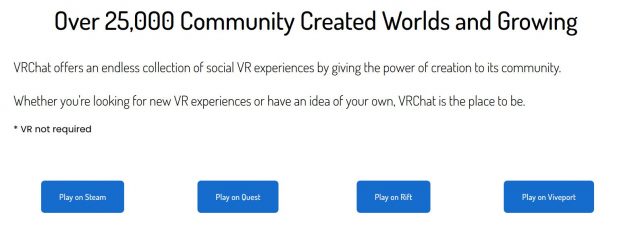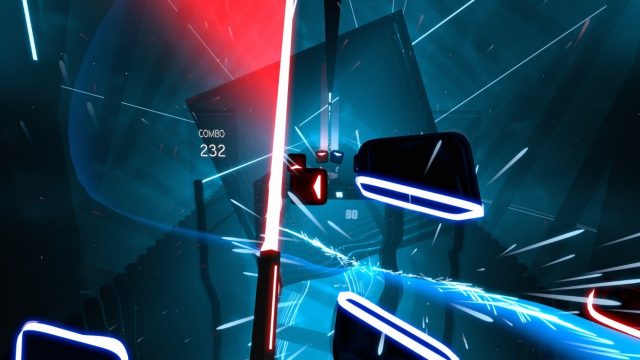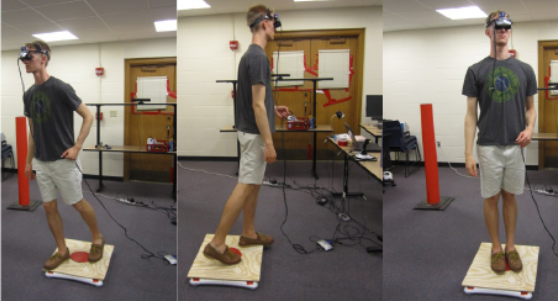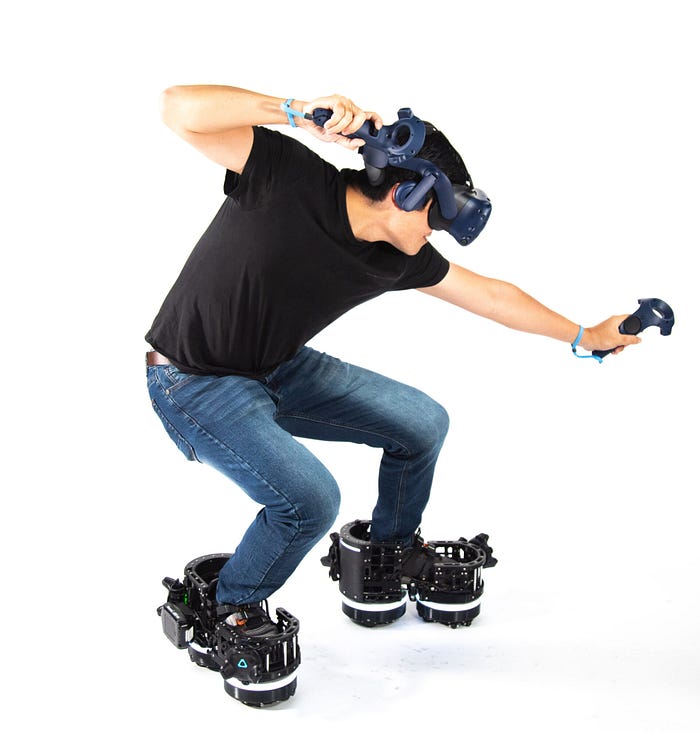VR chat:
VR chat is currently one of the most well-known instances of Virtual Reality currently being used in the present day. Initially touted as a simple video game back in 2017, one could argue that now, it could be something like a prototype Metaverse that Facebook/Meta has been promoting in recent months. While I personally have not used it, having observed it being used throughout the past few years as a replacement for reality itself due to the ongoing pandemic, I do believe several of its features are quite praiseworthy.
Features:
User generated models and content:

In VR chat, one is able to supply their own user generated models or content for use in VR chat. So long as it abides by VR chat’s guidelines, the content should be safe for work for everyone to view or peruse. When it comes to day-to-day infractions, its up to users present to lodge reports. With such user-generated content, users can freely express themselves in any way, shape or form, unlimited in style or otherwise.
Barrier of entry:

In terms of accessing and using VR chat, there are many ways of accessing the program, with or without the use of an actual VR headset, of course losing some functions such as certain limb movement as trade-offs. You are generally free to use a variety of different headsets, such as the HTC Vive, or none if you are unable to acquire one. This generally makes it accessible to most people, especially since the base program is free.
Improvements:
Currently, it is still very much possible to crash and kick people off of VRchat due to access to one’s IP address and presence as seen in this video (the dark side of vrchat). Even if you conceal your IP address via 3rd party services, it is still possible to crash the world you are in, kicking you out. Sine this happens mainly in public spaces, perhaps there is a way to obscure the list of people in the world via the API, or at least only allow certain access?
Aside from that, there could be other improvements like overall graphics, but that would probably require overhauling the system in a different way.
Beat Saber:
Another one I would like to mention would be Beat Saber, which is a VR rhythm game where players basically play to the rhythm of the song.

Users simply have to slice the oncoming block with the saber of the matching colour, while following the rhythm. While I will not go too in depth unlike the above example, I would like to make note of the free rein given to its users in being able to use and design their own avatars and maps/tracks to play with. Additionally its simplistic design makes it easy to pick up and play.
Currently to play this game, you require the use of a VR headset and motion controls, which is not exactly the cheapest to acquire all the time. Perhaps going forward, as technology advances, we will be able to more easily acquire cheaper controllers to use. Or be this guy.
















